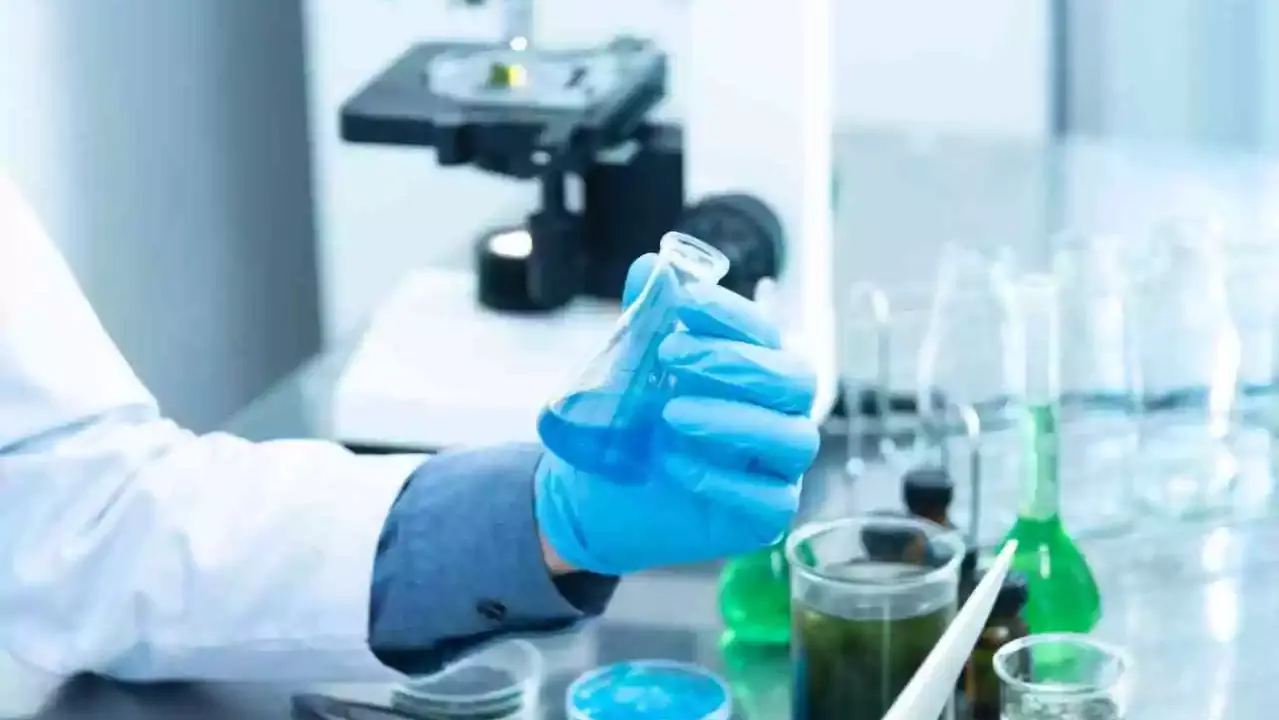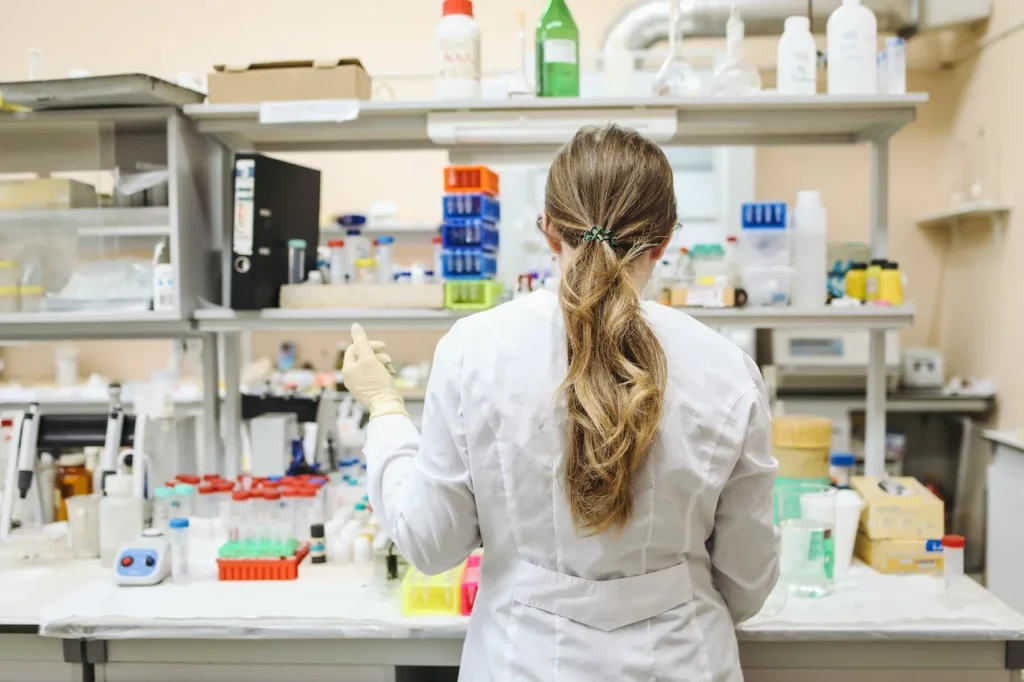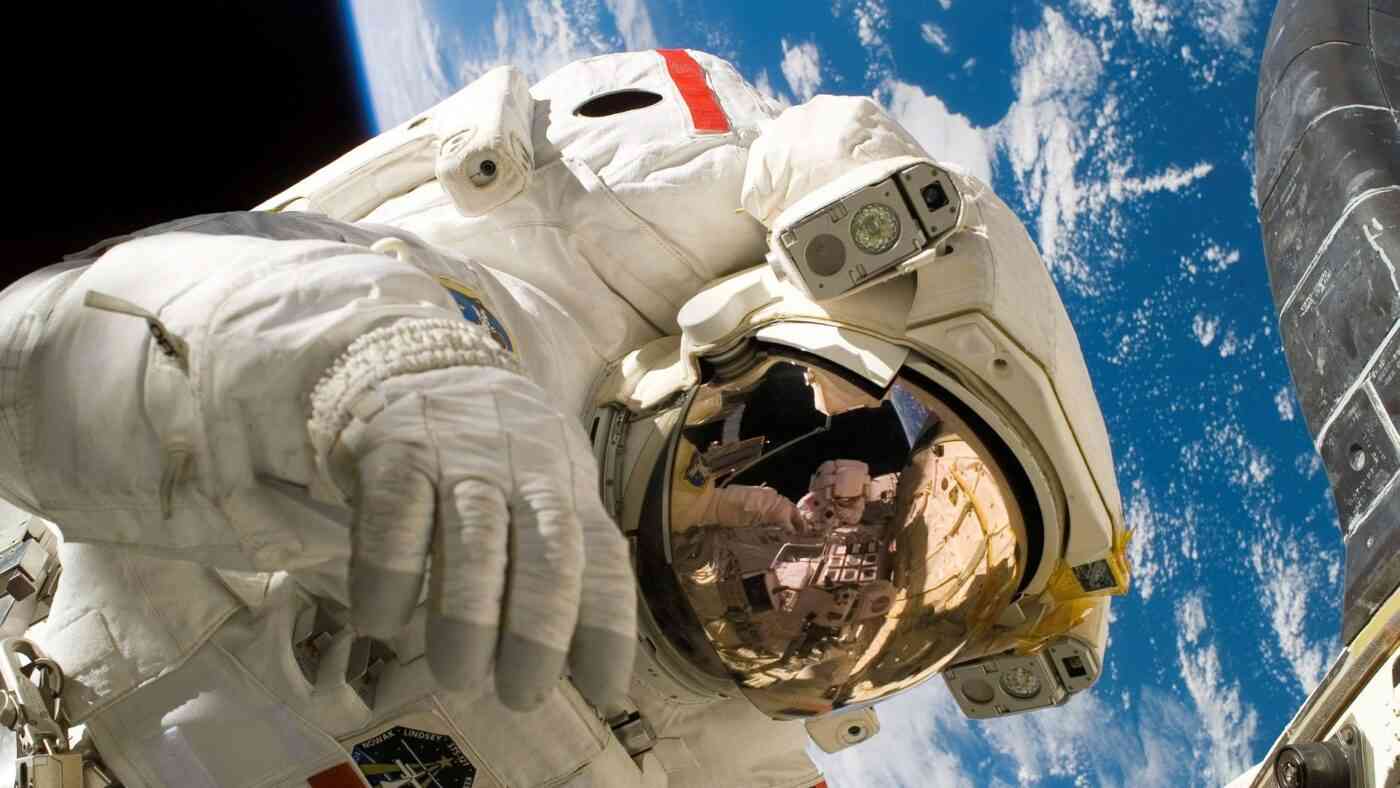Truth & Goodness
Breaking the Scroll: New Labels to Fight Social Media Addiction
13 January 2026

The modern world is changing not necessarily before our very eyes. It is largely transformed in the seclusion of laboratories. Since the beginning of the 20th century, laboratory practice has been a scientific activity, thanks to which the avant-garde of the progress of techno-science is expressed. Today, a laboratory is a place by which man intervenes in the shape of nature, produces objects that are analogs of natural things, and above all, creates what has not previously existed in the world. It is a coherence of thoughts and actions that enables the realization of the greatest Promethean and demiurgic ambitions of humans.
Paraphrasing the words of some famous Danish prince, it can be boldly said that there are more wonderful things in the modern laboratory than philosophers have ever dreamed of. As the main research tool of the natural sciences, it was discovered precisely by philosophical discourse. Undoubtedly, the genesis of laboratory practice should be seen in overcoming Aristotle’s dichotomy between the natural and the artificial. The essence of this distinction was the conviction that what was created by itself, without human involvement, was in its essence more perfect than any creature that came out of the hand of a craftsman.
Man was to be doomed only to imitate and imperfectly copy what nature had created. The boundaries of human invention were set based on the indisputable authority of Aristotle. In the alchemical tradition, in which a formula for transforming base metal into gold was sought, attempts were made to break with this dogma. However, until the 17th century, the belief that the perfection of nature could not be exceeded paralyzed man’s ambition to improve the world.
The breakthrough came about thanks to the philosophical works of Francis Bacon and, above all, Robert Boyle. Bacon dared to look at nature in a new way. He gave up the fear of its power. He persuaded that it was like Proteus, that is, it could be forced by human craftsmanship to obey. In Greek mythology, Proteus was a deity who had prophetic abilities. However, he had to be captured and forced down to reveal his predictions. It was the only way to get to know them. This is what Bacon postulated – we are to catch nature and force it to submit.

Robert Boyle put Bacon’s program into practice. He was not only the founder of the Royal Society – to this day the most important association bringing together the most eminent people of science – but with his research and philosophical work he earned the title of “father of modern chemistry”. It was in his mind that the idea of laboratory practice was formed. He showed that in such a way it is possible to create objects, substances, and materials that are not inferior to the products of nature. Moreover, in many cases, they are better than them. With this, a new era has started… The man took fragments of the natural world to the laboratory and, being in full control of them, began to produce things that philosophers never dreamed of.
The phenomenon of modern research practice in natural sciences is that scientists can reproduce, that is, recreate their research subjects and repeat their experiments virtually without limitations. The researcher does not have to wait for the “kindness of nature,” which observes what they are interested in but can produce it themselves. As Canadian philosopher Ian Hacking has pointed out, this is the main characteristic of today’s science. We can freely create objects that currently exist in nature and what once occurred in it. And above all, we can “put” elements into it that were not present in nature so far. Thus, we have a remarkable tool, which can be described as the ability to intervene in the natural world.
It is also surprising that modern science does not need the world that exists outside the research centres. Karin Knorr-Cetina’s works on laboratory practice indicate that we no longer “take” anything from nature there. We create it in a way that is needed to conduct research. We synthesize chemical compounds and other materials without restrictions. Not only do we breed laboratory animals, but thanks to the development of biochemistry and genetics, we can produce tissues, cells, and other – colloquially speaking – parts that could be living organisms.
In addition, molecular biologists, among others, modify the genetic codes, creating transgenic rats, mice, and rabbits. This involves the introduction of an additional gene into the organism, which causes, for example, the multiplication of a given characteristic of the modified organism or forces the formation of a property in it that is not present in nature. Whole cell lines and other modified biological molecules are being cultured in laboratories.
Techno-science has achieved unprecedented capabilities and is a tool for conducting research. Firstly, we can freely reproduce natural phenomena, secondly, create replicas of natural objects, and thirdly, researchers can intervene in the course of biological, chemical and physical processes to modify them. This allows us to “go back to the past.” A good example is the work of a team at the University of Helsinki, which recreated the evolution of the cosmos since the Big Bang. In the field of biotechnology and genetic engineering, it is worth paying attention to the project of bringing back to life the dodo bird, extinct in the 17th century. The vision from the “Jurassic Park” movie becomes real.
At the same time, in laboratory practice, some substances and materials have been created and discovered that did not exist before. On the one hand, these are transgenic animals and plants mentioned above, but on the other hand, also substances that occur in nature, for example, acetylsalicylic acid, but not in such a pure form. The most popular is plastic, i.e. synthetic polymers, whose “kings” are polyethylene terephthalate (PET) and polyvinyl chloride (PVC).
Laboratory science has enabled people to realize their Promethean ambitions. It allows us to make the world a better place and makes our lives easier and longer. We live more comfortably thanks to it, without the limitations that our ancestors experienced. It can be concluded that laboratory science performs utilitarian tasks. There is, unfortunately, the other side of this gold medal. The other – the worse one – human side. After all, in the same laboratories where life-saving drugs were created, cyclone B and mustard gas, an atomic bomb, and many artifacts whose use exceeded our wildest expectations were invented.
In 1997, the Great Pacific garbage patch was discovered. It is a drifting garbage dump of about 2 million square kilometers. In 99%, it consists of plastic we have created and continue to produce ourselves. Wandering along the seashore, we encounter tires, bottles and other wonders of techno-science thrown out by waves. We know of more antibiotic-resistant bacteria, and many wild animals have been identified with the presence of microplastic that they had eaten. Bisphenol A (BPA) disrupts the human hormonal balance. It’s all just “the tip of the tip” of the iceberg of threats to the stability of life on the planet Earth. There is no doubt that laboratory science does miracles, but we must remember that not every miracle is worth its price.
Translation: Marcin Brański

Truth & Goodness
13 January 2026


Zmień tryb na ciemny